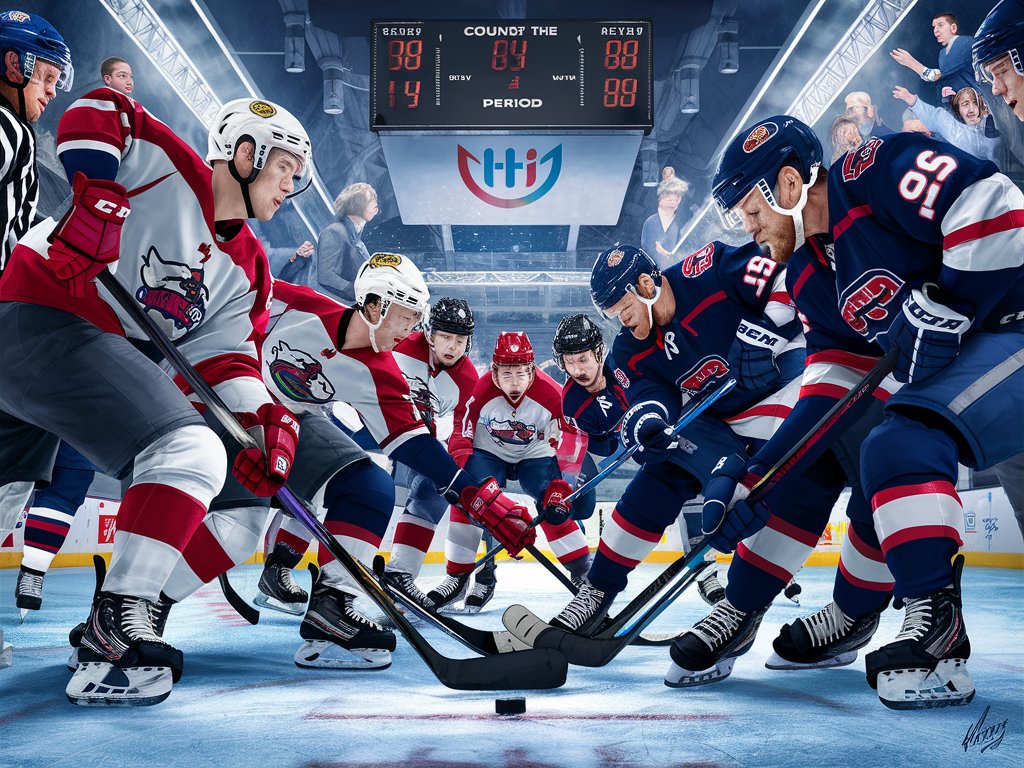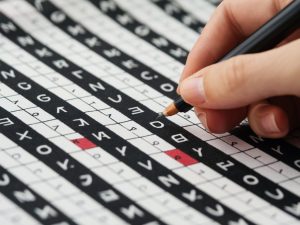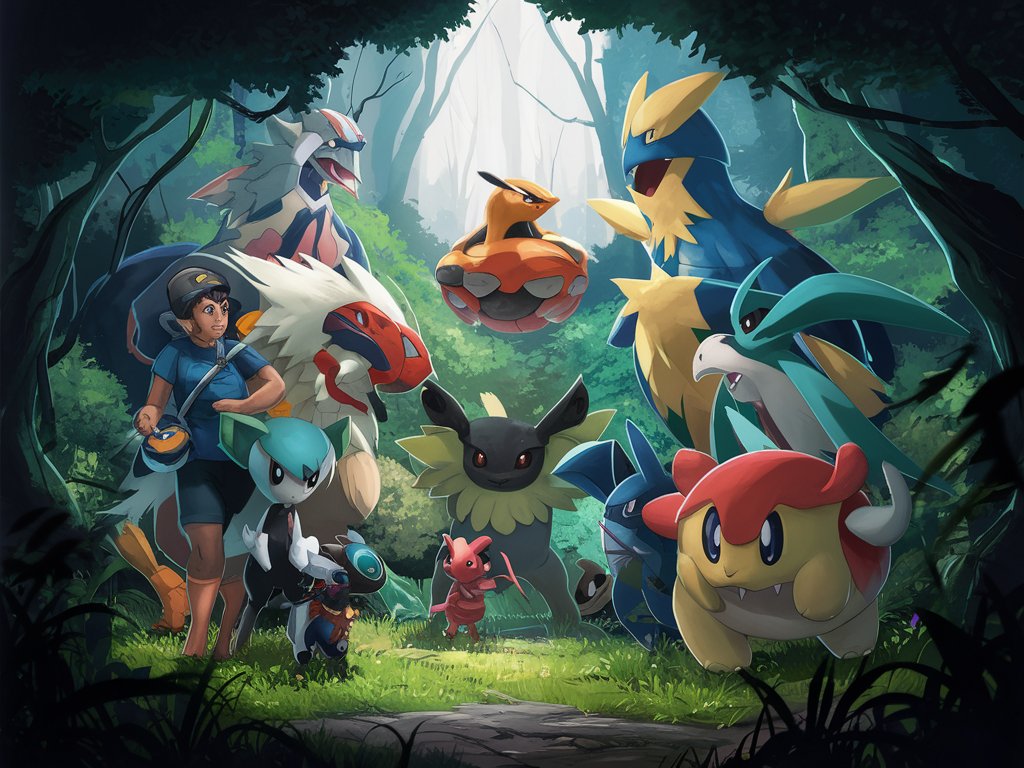Hockey is a dynamic, fast-paced sport that captivates audiences around the world. Whether you’re a die-hard fan, a casual viewer, or someone new to the game, understanding the structure and rules of hockey is essential for fully appreciating the sport. One of the fundamental aspects of hockey is its division into periods. This blog post delves into the intricacies of how many periods are in hockey, their duration, and how they contribute to the overall excitement of the game.
Introduction to Hockey Periods
In professional and amateur hockey alike, the game is divided into three periods. Each period is crucial for the flow and strategy of the game, providing opportunities for teams to regroup and strategize. The structure of periods in hockey not only keeps the game engaging but also ensures a balanced competition.
1. Understanding the Structure
Overview of Periods in Hockey
In hockey, a game is typically divided into three periods, each lasting 20 minutes. These periods are separated by intermissions, allowing teams to rest, strategize, and make necessary adjustments. The division into periods ensures that the game remains fast-paced and intense, with each segment offering fresh opportunities for scoring and defensive plays.
Historical Context
The three-period format in hockey dates back to the early 20th century. Before the standardized three-period system, the game’s structure varied, with some matches being divided into two halves. The change to three periods was made to improve the pace of the game and provide more frequent breaks, thus enhancing player performance and viewer enjoyment.
2. Duration of Hockey Periods
Regulation Time
Each period in a hockey game is 20 minutes of playtime, making for a total of 60 minutes of regulation play. The clock runs continuously during the period unless stopped by specific events such as goals, penalties, or other stoppages dictated by the rules.
Intermissions
Between each period, there is an intermission lasting about 15-18 minutes. During this time, players rest and coaches discuss tactics. The ice is also resurfaced, which is crucial for maintaining the quality and safety of play. These breaks are vital for player recovery and maintaining the high tempo of the game.
3. Overtime and Shootouts
Regular Season Overtime
If the game is tied at the end of regulation time during the regular season, an overtime period is played. This overtime is typically 5 minutes long, and teams play with fewer players (3-on-3) to increase the chances of a goal being scored. If no goal is scored during this period, the game proceeds to a shootout.
Playoff Overtime
In playoff games, the rules for overtime differ significantly. Overtime periods are 20 minutes long, and teams play 5-on-5. The game continues with additional overtime periods until a goal is scored, ensuring that the game cannot end in a tie. This sudden-death format adds an extra layer of excitement and intensity to playoff hockey.
Shootouts
If the game remains tied after the overtime period in the regular season, a shootout determines the winner. Each team selects three players to take penalty shots against the opposing goaltender. If the game is still tied after these initial shots, the shootout continues in a sudden-death format. Shootouts provide a thrilling conclusion to closely contested games, showcasing individual skills and goaltending prowess.
4. Impact on Game Strategy
Coaching and Player Adjustments
The division into periods allows coaches to make crucial adjustments to their strategies. Between periods, coaches analyze the performance of their team and the opponent, making tactical changes that can influence the outcome of the game. This structured break enables a continuous refinement of strategy, keeping the game dynamic and unpredictable.
Momentum Shifts
Periods in hockey often see significant momentum shifts. A strong finish to a period can carry positive momentum into the next, while a poor performance can lead to a regrouping and strategic overhaul during the intermission. Understanding and leveraging these shifts are critical for teams aiming to maintain control and capitalize on their opportunities.
Also Read: Texas Tech Baseball: The Red Raiders’ Legacy and Future
5. Periods in Different Leagues
NHL
The National Hockey League (NHL) adheres strictly to the three-period, 20-minute structure. The NHL’s format is designed to maximize player performance and audience engagement, ensuring a high-paced and thrilling game.
International Leagues
International hockey leagues, such as those governed by the International Ice Hockey Federation (IIHF), also follow the three-period structure. However, there may be variations in rules and overtime formats, particularly in tournaments and championship games.
College and Junior Leagues
College and junior hockey leagues typically follow the same period structure as professional leagues, though there can be minor differences in intermission lengths and overtime rules. These leagues serve as critical development stages for young players, preparing them for professional careers.
6. Special Situations
Delayed Penalties
During a delayed penalty, the non-offending team can pull their goaltender for an extra attacker, creating a 6-on-5 situation. This tactic often occurs towards the end of a period, as teams seek to maximize scoring opportunities before the penalty is enforced.
Power Plays
Power plays occur when one team has a numerical advantage due to an opposing player’s penalty. These situations are pivotal moments within periods, offering prime scoring chances and often altering the game’s momentum.
Penalty Kills
Conversely, penalty kills see a team defending against a power play. Effective penalty killing is crucial for maintaining a lead or preventing a deficit from widening, and successful kills can provide significant momentum boosts.
7. Fan Experience and Engagement
Viewing Experience
The three-period structure enhances the viewing experience by breaking the game into manageable segments. Fans can anticipate key moments, such as the end of a period or the start of a power play, adding to the excitement and engagement.
In-arena Activities
Intermissions provide opportunities for fan engagement through various in-arena activities, such as contests, entertainment acts, and promotional events. These activities keep the energy high and enhance the overall experience of attending a live hockey game.
8. Conclusion
Understanding the structure of periods in hockey is fundamental for appreciating the sport’s strategic depth and excitement. The three-period format, along with intermissions, overtime, and shootouts, creates a dynamic and engaging experience for players and fans alike. Whether you’re watching the NHL, international tournaments, or college games, the division into periods ensures a thrilling and competitive environment, making hockey one of the most exciting sports in the world.







